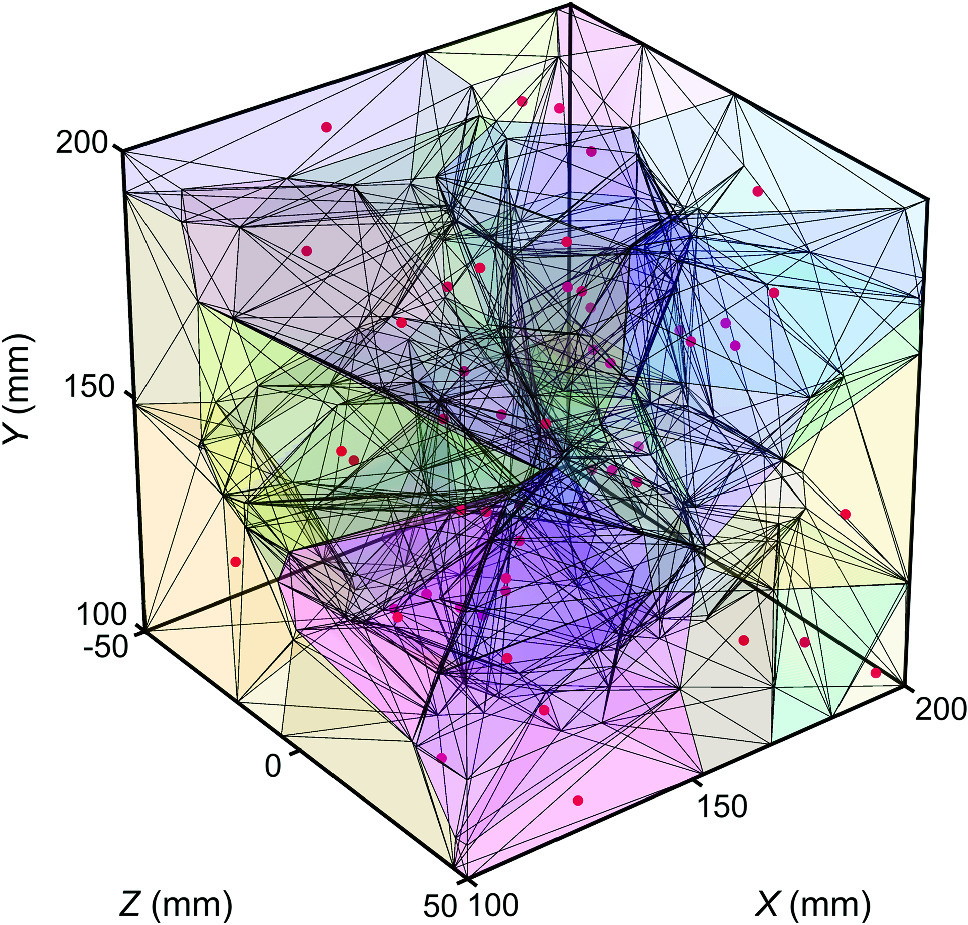https://doi.org/10.1140/epje/s10189-022-00167-5
Regular Article - Flowing Matter
Experimental investigation of preferential concentration in zooplankton swimming in turbulence
1
Univ. Lille, CNRS, Univ. Littoral Côte d’Opale, UMR 8187 LOG, Laboratoire d’Océanologie et de Géosciences, Station marine de Wimereux, 59000, Lille, France
2
Institut de Mécanique des Fluides de Toulouse, UMR 5502, Université de Toulouse, CNRS, 31400, Toulouse, France
a
francoisgael.michalec@univ-lille.fr
Received:
31
August
2021
Accepted:
20
January
2022
Published online:
7
February
2022
Turbulence can cause particles to accumulate within specific regions of the flow. One mechanism responsible for this phenomenon, called preferential concentration, consists in particle–fluid interactions yielding inhomogeneous spatial distribution of particles into clusters or depleted regions due to density difference or finite-size effects. In the case of living particles such as plankton, clustering may also originate from their motility or from their behavioral response to turbulent forcing. Preferential concentration of plankton has attracted much attention, because it is a key determinant of encounter rates and therefore relevant for a wide range of ecological processes. However, most studies have focused on microscopic cells, and consequently the case of larger organisms remains poorly studied. Here, we use high-performance particle tracking and three-dimensional Voronoï analysis to test for the emergence of clustering in the spatial distribution of calanoid copepods, the most important metazoans in the oceans in terms of biomass. We found that neither inertia nor motility resulted in significant departure from a random Poisson process over a range of turbulence intensity from very strong to moderate. However, we observed weak clustering in calm water, which may originate from hydrodynamic and olfactory interactions between organisms. Our results improve our understanding of fluid–particle interactions in the zooplankton and have important implications for the modeling of their encounter rates in turbulence.
Supplementary Information The online version contains supplementary material available at https://doi.org/10.1140/epje/s10189-022-00167-5.
© The Author(s), under exclusive licence to EDP Sciences, SIF and Springer-Verlag GmbH Germany, part of Springer Nature 2022






